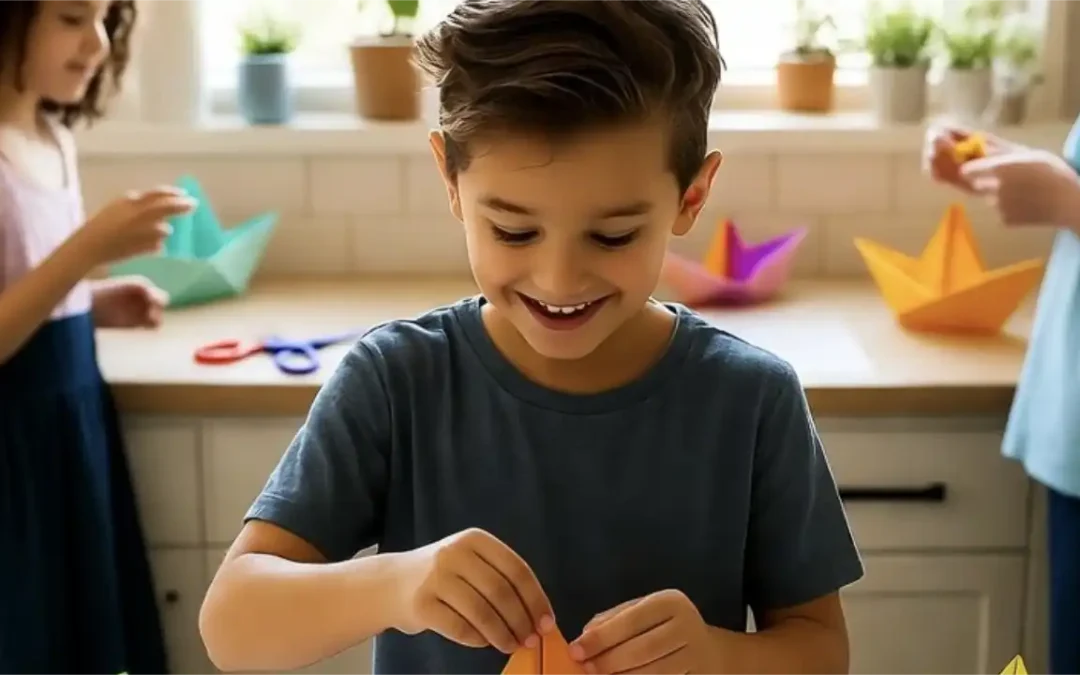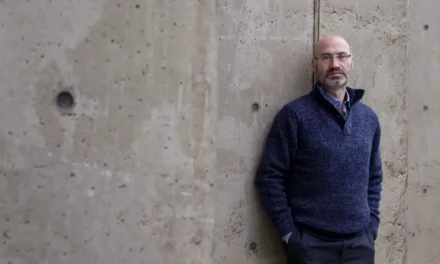
Fostering a Creative Environment: Clear a Space for Projects
M
y daughter’s beads once spilled across the kitchen table, tangling with pencils and paper scraps. She sighed, trying to work in the clutter. I asked, “What would help you focus?” and she said, “A spot just for me.” We cleared a corner of her desk, added a tray for tools, and hung a small hook for scissors. That tiny change transformed her process. With a defined space, she built bracelets, painted miniature animals, and organized her supplies with growing care. A dedicated area, even a windowsill or shelf, tells children: your work matters here
Soon she called it her “studio,” decorating it with sketches and notes. Each week, she rotated projects—stringing necklaces one day, sketching trees the next. The space became more than just a surface; it was a mental zone where ideas could unfold without distraction. She proudly brought a finished piece to a school art night, describing how she layered colors and planned her design. Having a physical base helped her build habits of focus, follow-through, and pride in her work—skills that translated easily to homework, team efforts, and class presentations.
You don’t need a whole room—just a small area that stays ready. Ask your child what would help them create. Add bins for supplies, and refresh the space weekly with new tools or prompts. Keep it clean together, so it invites return. When they have a reliable place to build or imagine, children are more likely to stick with a project and see it through. A creative corner becomes a quiet vote of confidence—a reminder that their ideas deserve space to grow.
Fostering a Creative Environment

Fostering a Creative Environment: Blend Competition and Family Projects
Healthy competition can motivate without pressure. Learn how to balance teamwork and friendly challenge in creative family projects.

Fostering a Creative Environment: Display Children’s Creations
Showcasing children’s work encourages confidence and pride. Create a home environment where creativity is seen, valued, and celebrated.
Table of contents

Primordial Soup for the Mind: Navigation
Navigate the book Primordial Soup for the Mind.
TIPS
- Set up a table or corner for projects.
- Praise their projects to show you value their work.
- Keep the space clean to help focus.
- Ask “What would help you work?” to start ideas.
ACTIVITIES
- Space Set: Clear an area, ask, “What would help you work?” Talk for 10 minutes.
- Craft Time: Make something in the space, share their ideas, 15 minutes.
EXAMPLE
My son used a clear desk for models, saying, “It’s my shop!” His builds started a design hobby.

Download “Primordial Soup for the Mind: A Parent’s Guide to Nurturing Intellectual Growth”
Enter your information to get this article and hundreds more as part of the FREE book Primordial Soup for the Mind.
Share your thoughts with the Thought Academy community in the Comments section below.

Sharpen those skills!
Enter your information to get our FREE practice exercises so you can hone your critical thinking and reasoning skills!







0 Comments